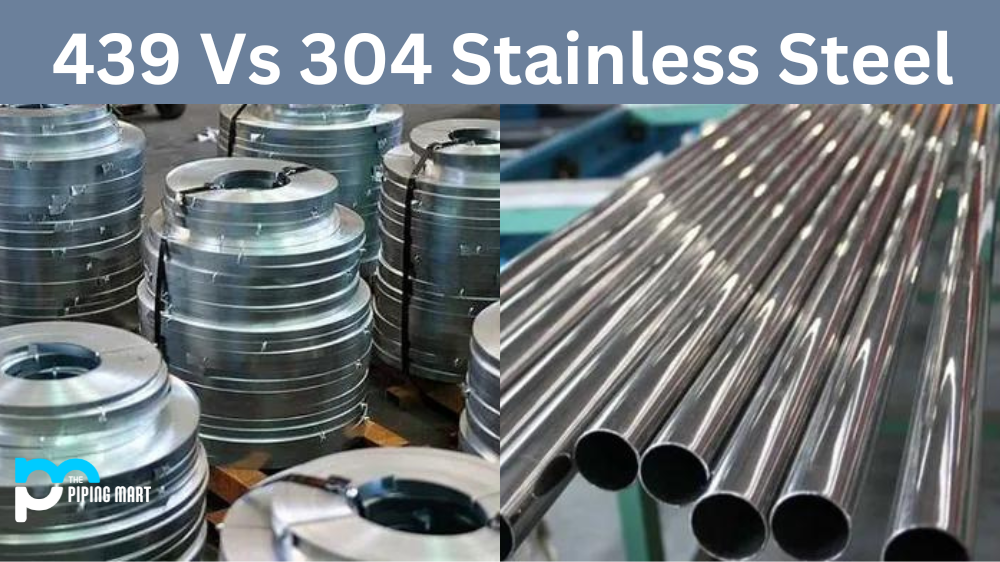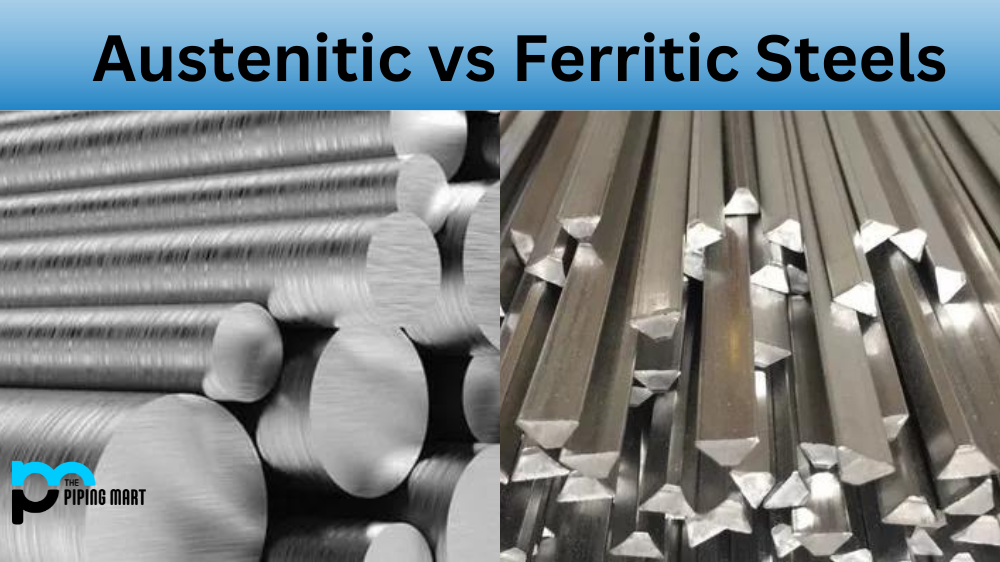For those in the industrial or automotive industry, the terms “439 stainless steel” and “304 stainless steel” may come up occasionally. While they may sound similar, there are quite a few differences between these two types of steel. Let’s take a closer look at exactly what sets them apart and why each is used for specific applications.
439 Stainless Steel
The first type of stainless steel we’ll cover is 439 stainless steel. This type of stainless is part of the ferritic family and is often referred to as grade-409 when referring to its chemical makeup. It contains approximately 18% chromium and 8% nickel and small amounts of titanium, phosphorus, sulfur, silicon, aluminium, manganese, and other elements. 439 stainless steel has excellent resistance to wear and tear due to its high chromium content, but it does not offer the same levels of corrosion resistance as other types of stainless do. It is mainly used for automotive applications such as exhaust systems due to its ability to resist oxidation from exposure to high temperatures.
304 Stainless Steel
The second type of stainless steel we will discuss is 304 stainless steel which belongs to the austenitic family of steels. This type of stainless contains approximately 18-20% chromium and 8-10% nickel and small amounts of manganese, phosphorus, sulfur, silicon, aluminium and other elements. Unlike 439 stainless which offers good wear resistance but not great corrosion resistance, 304 offers superior corrosion resistance thanks to its higher nickel content which makes it ideal for outdoor applications such as fencing or railings that are exposed to the elements. Additionally, this type of steel also offers fairly good formability making it a popular choice for kitchen appliances or other items that require complex shapes or parts that must be bent into place during assembly.
Difference Between 439 Vs 304 Stainless Steel
Composition
One of the primary differences between 439 and 304 stainless steel is their composition. 439 stainless steel contains 16-18% chromium, 0.5-1.5% titanium, and trace amounts of other elements, while 304 stainless steel contains 18-20% chromium and 8-10.5% nickel.
Corrosion Resistance
Another key difference between 439 and 304 stainless steel is their corrosion resistance. 439 stainless steel is more resistant to corrosion than 304 stainless steel due to its higher chromium content. However, both types of stainless steel are highly resistant to corrosion and can be used in various applications.
Heat Resistance
439 stainless steel also has better heat resistance than 304 stainless steel. This means that it can withstand higher temperatures without losing its structural integrity. This makes it ideal for applications where high temperatures are a concern, such as automotive exhaust systems.
Cost
Finally, another difference between 439 and 304 stainless steel is their cost. 439 stainless steel is typically more expensive than 304 stainless steel due to its higher chromium content and improved heat resistance. However, both types of stainless steel are relatively affordable compared to other metals.
Conclusion:
When deciding between 439 vs 304 stainless steel for your next project or application, you need to consider both the advantages and disadvantages each has to make an informed decision about which one best meets your needs. 439 provides excellent wear resistance while being inexpensive but lacks corrosion protection compared with 304, which offers superior corrosion protection but at a slightly higher cost than 439. Regardless of which one you choose, you can rest assured knowing you’re getting a quality product that will stand up against whatever your environment throws! For website owners looking for materials resistant to weathering conditions, 304 should be considered since it offers better protection against rusting than 439 Steel.

A passionate metal industry expert and blogger. With over 5 years of experience in the field, Palak brings a wealth of knowledge and insight to her writing. Whether discussing the latest trends in the metal industry or sharing tips, she is dedicated to helping others succeed in the metal industry.




